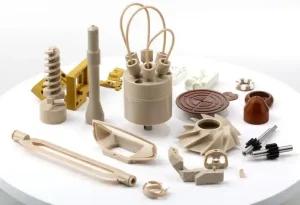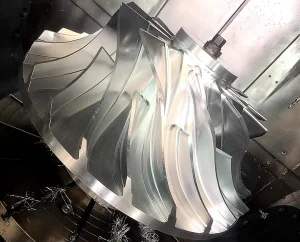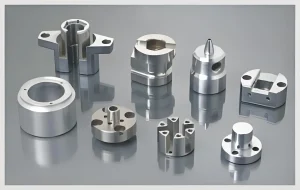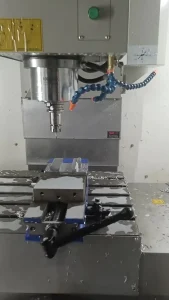Laser cutting is a versatile technology widely used across various industries. Its ability to produce precise cuts quickly makes it a preferred method for many applications. In this article, we will explore the key applications of laser cutting and highlight its benefits.
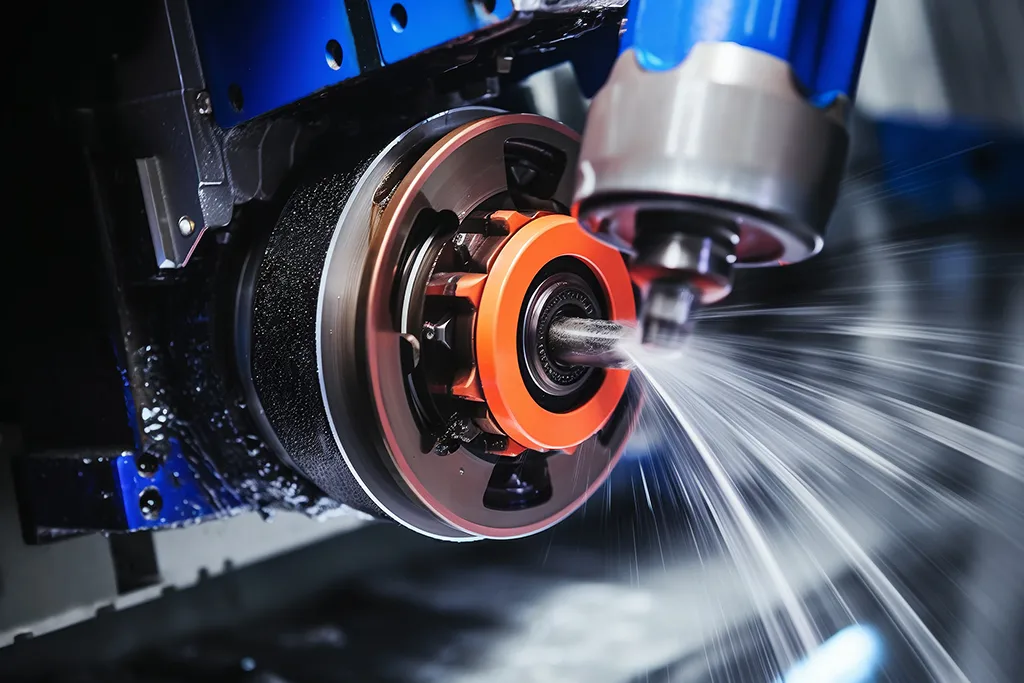
Manufacturing and Industrial Applications
In manufacturing, laser cutting plays a crucial role. It helps create parts for machinery, vehicles, and electronics. For example, the automotive industry utilizes laser cutting to fabricate components with high precision. These components are vital for vehicle performance and safety.
Additionally, the aerospace sector relies on laser cutting for aircraft parts. The technology ensures that each piece meets strict quality standards. By using laser cutting, manufacturers can produce intricate designs efficiently. This capability reduces production time and minimizes waste.
Fashion and Textile Industry
The fashion industry also benefits from laser cutting. Designers use this technology to create unique fabric patterns and shapes. The precision of laser cutting allows for detailed designs that enhance clothing and accessories. Moreover, it enables rapid prototyping, helping designers bring their visions to life quickly.
Laser cutting is not limited to clothing. It is also used in the production of home textiles, such as curtains and upholstery. The ability to cut through various materials makes laser cutting a valuable tool in the textile industry.
Signage and Display Creation
Another significant application of laser cutting is in signage. Businesses use laser cutting to create eye-catching signs that attract customers. This technology allows for complex designs that stand out. For instance, intricate logos and graphics can be cut with high precision, making them visually appealing.
Moreover, laser cutting is used to create displays for trade shows and exhibitions. Companies can produce custom display pieces that effectively showcase their products. The speed and accuracy of laser cutting enable businesses to meet tight deadlines while maintaining high quality.
Architecture and Interior Design
Laser cutting has made its mark in architecture and interior design. Architects use this technology to create detailed models and prototypes. The precision of laser cutting ensures that every element is accurately represented. This ability helps architects visualize their designs better.
In interior design, laser cutting is used to create decorative elements. Designers can produce intricate panels, light fixtures, and furniture pieces. These custom designs add a unique touch to any space, enhancing its overall aesthetic.
Medical Applications
The medical field also benefits from laser cutting. Surgeons use laser cutting for precise incisions during operations. This technology reduces recovery time and minimizes scarring. Additionally, laser cutting is used to manufacture medical devices and instruments. The accuracy of this method ensures that each device meets stringent safety standards.
Environmental Benefits
One of the key advantages of laser cutting is its environmental impact. The process generates less waste compared to traditional cutting methods. Businesses can recycle the waste material, further reducing their environmental footprint. Additionally, laser cutting machines are becoming more energy-efficient, making this technology a sustainable choice.
Conclusion
In conclusion, laser cutting is a powerful tool with diverse applications. From manufacturing and fashion to signage and architecture, its impact is significant. The precision and efficiency of laser cutting make it a preferred choice for many industries. As businesses continue to seek innovative solutions, laser cutting will remain at the forefront of technology.
By understanding the various applications of laser cutting, companies can make informed decisions. This knowledge allows them to leverage this technology for their specific needs effectively. Ultimately, embracing laser cutting can lead to enhanced creativity, productivity, and sustainability in today’s competitive market.

